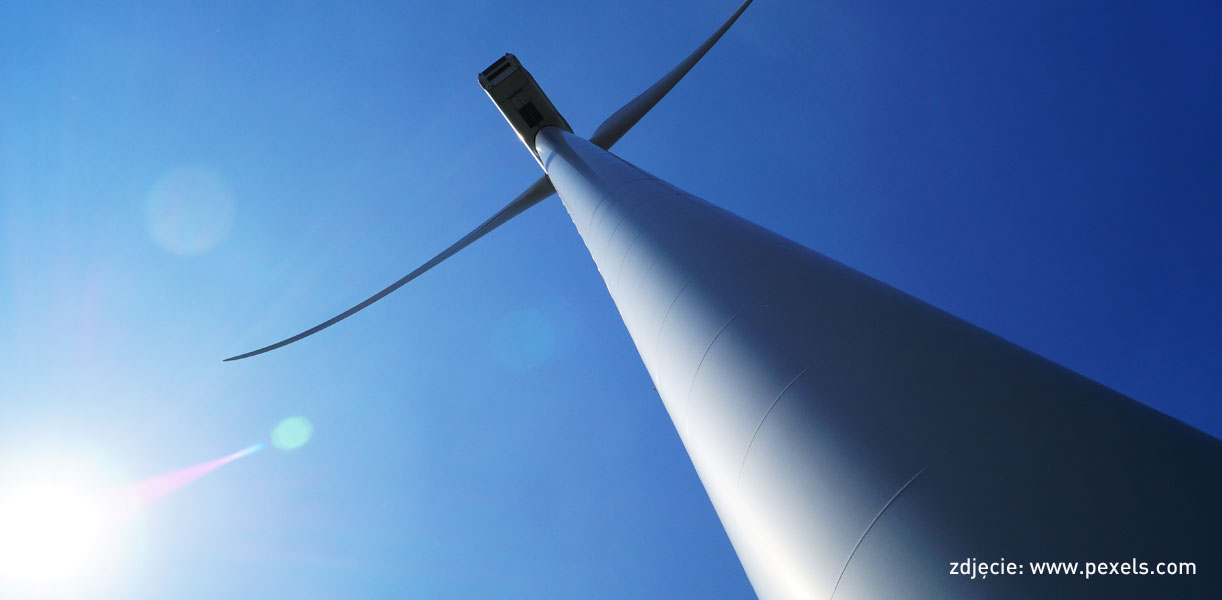The European Commission has published an action plan and launched a public consultation in preparation for an initiative to harness the potential of offshore renewable energy in Europe.
As part of the New Green Deal, the Commission has identified the importance of agreeing a new approach to harness Europe’s renewable offshore energy potential in a sustainable manner. The Commission’s revised work program has confirmed that the European strategy for offshore renewable energy will be published by the end of 2020. Its aim will be to give a strategic direction to the ambitious development and integration of this type of energy by 2030 and by 2050. Offshore renewable energy includes several sources of energy and different technologies, mainly including offshore wind energy.
The “Offshore renewable energy strategy” roadmap shows the different steps in this process, and the EU has today opened a four-week period for a public consultation on this roadmap. Comments on this action plan can be submitted for 4 weeks. The submitted comments will be used to refine the initiative.
The overall aim of this initiative is to help the various forms of offshore renewable energy – in particular offshore wind energy, but also tidal and ocean energy – use their potential in the most efficient and competitive way, while respecting the environment.
The scope of the strategy covers all European seas, the North Sea, the Baltic Sea, the Mediterranean Sea, the Black Sea and the Atlantic Ocean. The potential for offshore renewable energy in Europe is large. Only in the most developed of these technologies in offshore wind farms the Commission foresees over 250 GW of installed capacity. In turn, energy from waves of the seas and oceans, in line with IRENA forecasts, will reach 10 GW by 2030. The European Union, which is a world leader in technologies that use the energy of the seas and oceans, has the chance to reach 35 percent of the contribution of marine energy to electricity production by 2050.



